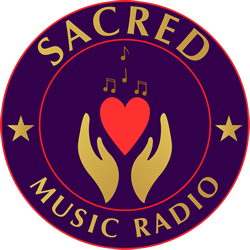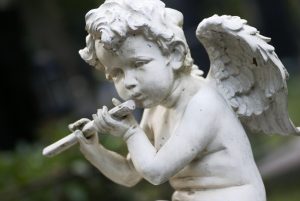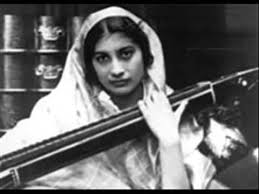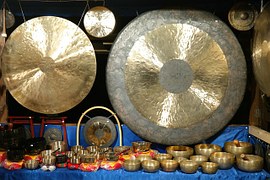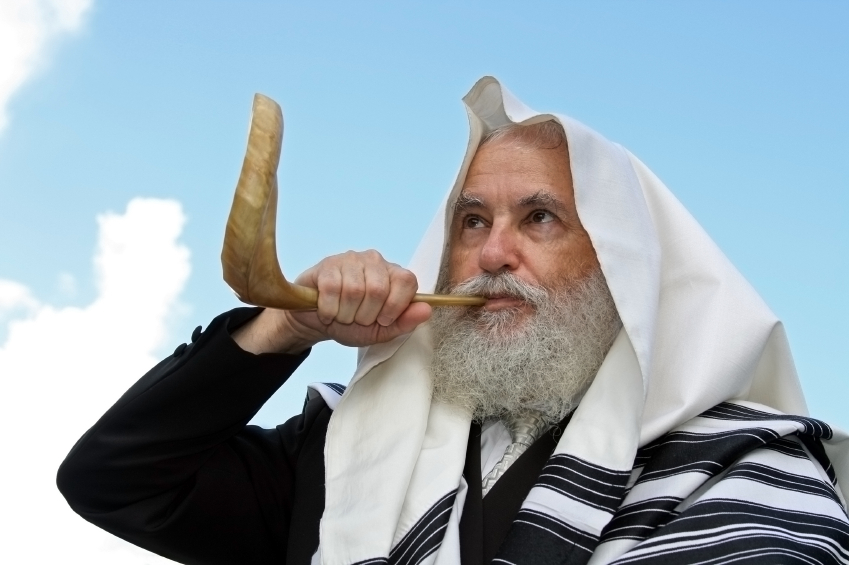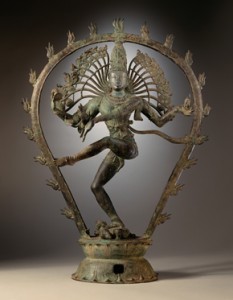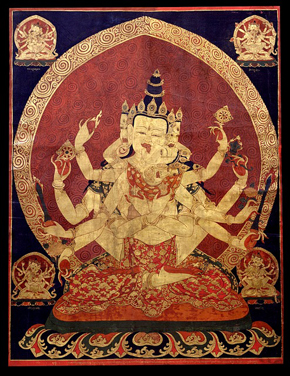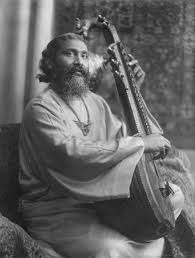
“Music is behind the working of the whole universe. Music is not only life’s greatest object, but music is life itself” Hazrat Inayat Khan
What Doctors Don’t Tell You magazine June 2020
Music Therapy Helps Stroke Victims
Music therapy can help stroke victims recover quicker. It helps lift mood and reduces fatigue, and so it speeds up rehabilitation even in patients who suffer severe strokes.
14th May 2020 – UK Jewish News -Rabbi Ariel Abel.
It is with profound regret that we learn of the passing of Dame Vera Lynn. Her music had a profoundly uplifting effect in raising the morale of the allied troops during WW2. On Friday 12th June 2020 she wished Sacred Music Radio “every Success”.
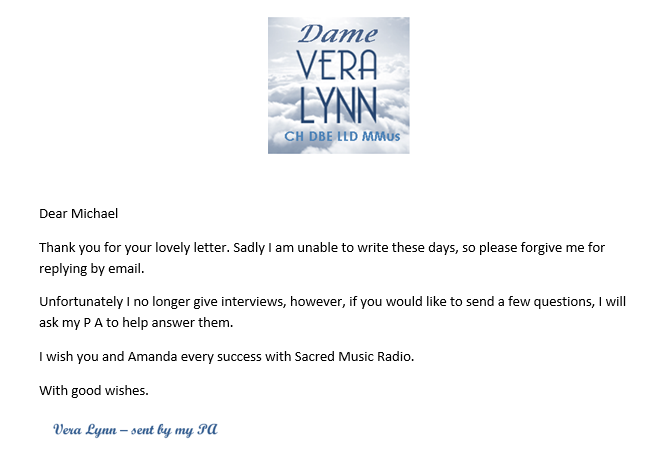
What does the Torah say about music and its ability to uplift people?
“This is how Saul, who also suffered from Depression, attained the lofty goal of prophecy as a young man. Music is the perquisite for prophecy. It was when the harpist played that the spirit of prophesy rested upon the hands of prophets. Years later, his son-in law David soothed his troubled spirit by playing his lyre”.
Many great philosophers, throughout history, have written lamentations on how music is of vital importance to the human spirit. These range from Schopenhauer and Nietzsche in western philosophy and Hazrat Inayat Khan in the east to name but a few. Furthermore, it appears that the vital function of music in individuals’ lives transcends social and historical context. Randal McClellan’s book The Healing Forces of Music: History, Theory and Practice (originally published in 1991) examines this in depth. He shows how many cultures such as Chinese, Hindu, Egyptian, Greek and Shamanistic have used music as a force for healing. He reveals that we have an incredibly rich history of music-making, with the first evidence of a musical instrument, a five-holed ocarina existing from over 10,000 years ago. He suggests that “music gave expression to those thoughts and emotions too expansive and too deeply felt for our rudimentary languages”. Indeed, one could argue that music still provides this function today. Although our languages have evolved, we still feel the desire to express the ineffable through music.
In addition, there is a vast wealth of scientific research which has revealed the benefits of music in healing patients, Ventre’s (1994) case study showed how music built up an environment of love, acceptance and trust for a patient attempting to recover from sexual abuse and suffering from Post Traumatic Stress Disorder (PTSD). In addition, McCaffrey (2008) found that music connects individuals with their emotions and self-awareness, creating a healing environment. Similarly, Perruzza & Kinsella (2010) found that music therapy transformed their patients’ lives. It empowered them, gave them a renewed sense of self, a means of expression and a sense of purpose which transformed the illness experience. This is but a tip of the iceberg into thousands of years of philosophical thought and scientific research which has arrived at the same conclusion: music can have a profound effect on the mind, body and soul. Furthermore, music can be used as a spiritual tool for personal development and healing. This article examines how both eastern and western cultures have used spiritual music as a powerful healing tool.
Hindus have developed a complex set of mantras which can have healing qualities. A mantra is a single word or a phrase with specific vibrational qualities. While mantras are not songs, with any definable melody, nor are they valued for aesthetic purposes, the qualities of the sounds and rhythms are highly valuable in Hindu culture. They tend to focus on either clearing the mind of unwanted tendencies or to cultivate the mind’s desirable tendencies (McClellan, 1991). Single syllable mantras are usually repeated in order to, generally speaking, free an individual from restraints or frustrations. Whereas phrased mantras tend to relate to a specific cure of an ailment. McClellan’s (1991) in-depth analysis shows in greater detail how there are phrases of mantras which relate to removal of fear, removal of worries and pain, to cure illnesses and to cultivate qualities such as divine wisdom, intelligence, faith and many more. Mantras are said to affect change by releasing a ‘liquid nectar’ in the pineal gland, hence the reason that Hindus frequently wear a red dot on their forehead, in between their eyes, to symbolically highlight the importance of the third eye or pineal gland. Modern science now understands that the pineal gland is responsible for producing melatonin and serotonin, two chemicals which are crucial for both regulating our sleep patterns and our moods. It is an essential chemical in both short and long term happiness. Therefore, we can see an interesting crossover between ancient Hindu mantras and modern science. The pineal gland also releases DMT, a chemical which contributes to the creation of dreams in REM sleep. Dr. Rick Strassman, in his book DMT: The Spirit Molecule (2001) explores the role of DMT and its presence in the phenomenon of both spiritual and near death experiences. Therefore, Hindu mantras, as a form of spiritual music which bears little correlation with traditional forms of western music, provide a means to control a part of the mind which is crucial in our everyday life in healing and self-improvement.
Similarly, although with some important differences, the Sufis use music as a form of purification. As Hazrat Inayat Khan (1882-1927) explores, “The vibrations of music free the soul and take from a person all the heaviness which keeps him bound”. Inayat Khan, in a collection of essays The Mysticism of Sound and Music (published in 1991), speaks about the dervishes, who use music as one means of spiritual development. He describes the dervishes as follows, “They have the power of wonder-working, and the power of insight. They are dreamers, and lovers of God. They worship God in nature, especially in human nature”. Dervishes, he suggests, are those Sufis who are most receptive to the spirit and the soul. They feel the music more deeply than the average person and resonate with it on a spiritual level, “Whoever among them is moved by spirit may manifest the ecstasy, which is called wajad, in the form of tears, sighs or dance. It is therefore that those who do not understand the meaning of their dance call them “howling dervishes”, or “dancing dervishes”. Thus, dervishes listen to music as a form of purification of the spirit, a practice during which a listener may express himself through music in many different ways. Inayat Khan reveals that the main difference between the Sufis and other spiritual groups is that the Sufis discourage crying as a form of self-pity or a sadness of the ego but permit tears as an expression of a realisation of and connection to God. Hazrat Inayat Khan established an interfaith service called The Universal Worship Service in which people attune to the religions of the world with readings, the lighting of candles and music from the various religions. The Universal Worship inspired the founding of this radio station.

In Chinese culture, different tones relate to different parts of the human body. Jingduan Yang, M.D. (2014) suggests that the five tones of the pentatonic scale have a particular affinity to the healing of mind, body and soul as they do not contain any tones which present great tension. The tones of this scale are: Gong宮, Shang 商, Jue 角, Zhi 徵 and Yu 羽. They are equivalent to do, re, mi, sol, and la or C, D, E, G and A in the western scale of C pentatonic. Each note has an affinity to a specific organ, to the spleen (Gong宮 / C), lungs (Shang 商 / D), liver (Jue 角 / E), heart ( Zhi 徵 / G) and kidneys (Yu 羽 / A) respectively. For example, tones relating to Gong宮 / C are described as peaceful, soft, steady and smooth. As Yang (2014) explores, “Gong empowers the energy of the spleen, which partnering with that of the stomach is in charge of digestion, metabolism, and energy production. The spleen nurtures the muscles and prevents bruising and bleeding. The spleen also empowers our thinking and ability to process information”.
Thus, each tone has a complex set of relations to a specific part of the body. This relationship of specific tones to specific aspects of the mind, body and soul is one which has been developed over thousands of years and which is central to the ways in which Chinese culture uses certain forms of music for varying healing purposes. Indeed, it is quite remarkable that the most important Chinese scale matches the western conception of a pentatonic scale, a scale which is also at the heart of most western music. Indeed, this is not by accident. The pentatonic scale relates to the mathematic formulas of Pythagoras, who developed the tonal system based on his appreciation of harmony in the cosmos.
Another function of spiritual music is for mnemonic purposes. In Jewish and Christian cultures, prayers are frequently attached to songs. This not only gives them qualities additional to that of the words of the prayer but makes them easier to remember, making the worship of God a more pleasant and accessible task. Speaking from personal experience, having gone to a Jewish high school (although I am not, nor have ever been particularly observant or religious) there are still many prayers which I remember, due to the melodies which were attached to them. The melodic and rhythmic qualities of the songs, allowed a connection to the prayers which I still value, despite not practicing them on a day-to-day basis. Thus, music facilitates a greater connection to spiritual music and to those around them (if in a group) than otherwise possible. These prayers almost always relate to connecting with God or to healing a part of the mind, body or soul. In Jewish culture, there are prayers to connect with God at certain parts of the day, week or year and prayers with a more specific purpose, relating to healing the sick, caring for the soul of a deceased to name just two examples.
Therefore, music has been used across many cultures for its ability to aid spiritual connection to God and its healing powers. Furthermore, music that is expressly spiritual may have a healing effect on the mind, body and soul. Updike (1994) argues that the rhythm of music has a profound impact on one’s experience of time. She refers to a (1987) study by Watson which found that the use of music temporally and spatially extended healing consciousness. It is perhaps unsurprising that music of a spiritual or religious nature is often slow in rhythm, reflecting its attempt to soothe the soul and awaken a connection to God. Thus, spiritual music may also be ideal for healing purposes. If this music extends the perception of time, this may allow people to feel less restrained or nervous by an impending illness. Of course, music evokes a connection to spirituality and a healing state in many different ways. Indeed, healing takes on many different variations, it may involve healing a physical, mental or spiritual ailment. Therefore, depending on the nature of the ailment, it may be suitable to use the soft repetition of Hindu mantras, the intense spiritual and physical connection to the music of the dervishes, the relation of specific soothing tones to different parts of the human body, as in Chinese culture, or the infectious melodies which facilitate a connection to music and the social group, as evident in Christian and Jewish cultures. Certainly, it is wise to learn from each of these groups regarding the spiritual importance of music and its ability to heal.
Asher Kenton BA (Hons), MA
References:
Inayat Khan, H., 1996 (originally published in 1991). The Mysticism of Sound and Music. Boston & London: Shambala Publishing.
McCaffrey, R., 2008. ‘Music listening: its effects in creating a healing environment’, Journal of Psychosocial Nursing and Mental Health Services, 46 (10), pp. 39-44.
McClellan, R., 2000 (originally published in 1991). The Healing Forces of Music: History, Theory, and Practice. Lincoln, NE: iUniverse Publishing.
Perruzza, N., & Kinsella, E.A., 2010. ‘Creative arts occupations in therapeutic practice: a review of the literature’, British Journal of Occupational Therapy, 73 (6), pp. 261-268.
Strassman, R. J., 2001. DMT: The Spirit Molecule. A Doctor’s Revolutionary Research into the Biology of Near-Death and Mystical Experiences. Rochester, VT: Park Street.
Updike, P.A., 1994. ‘Aesthetic, Spiritual, Healing Dimensions in Music’, in: Art & Aesthetics in Nursing (eds: Chin, P.L., & Watson, J). New York, NY: National League for Nursing.
Ventre, M.E., 1994. ‘Healing the Wounds of Childhood Abuse: A Guided Imagery and Music Case Study’, Music Therapy Perspective, 12 (2), pp. 98-103.
Yang, J., 2014. ‘Healing with Traditional Chinese Music’, from The Epoch Times [online]. Available at: http://www.theepochtimes.com/n3/1140056-healing-with-traditional-chinese-music [Accessed on 27/1/15].
“What Doctors Don’t Tell You”
In the August 2014 edition of “What Doctors Don’t Tell You” a fascinating article was published entitled “The right vibes”. This article outlined the new research that indicates how music offers a powerful therapy for various conditions including stroke, heart disease and even cancer.
The article explains that every cell in our body has its own frequency, so everybody has a unique composite frequency.
The article includes research by the Australian holistic healer Dr John Diamond, a trained psychiatrist who uses music as a vital part of healing therapy.
For addition information contact www.wddty.com
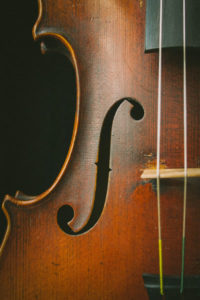
Music is a mystical and mysterious part of life, unique to human beings. As long as there have been humans, there has been a love of music which is hard to explain. Philosophers have long discussed the healing power of music and scientists are just beginning to research its mighty effects on the brain. Likewise, nature has been shown to have a powerful calming effect, leading to meditative and spiritual states. Here’s how you can combine the two for improved mental and physical wellbeing.
Using Natural Materials
The most spiritual instruments are the oldest. A flute made of bird bone and mammoth ivory is the oldest known instrument, dating back 42,000 years. This is when humans first migrated out of Africa and into Europe.
During these times, life was difficult. Just finding food to survive another day was a complicated and difficult task. Yet humans were already yearning for spirituality and so would develop musical instruments to give them strength. There was no scientific research into musical theory at that point, just a primal urge to play and listen to spiritual sounds.
Instruments such as the didgeridoo date back 1500 years, being originally used by indigenous Australians. They used natural hardwoods to create an intricate instrument, capable of producing transcendently beautiful sounds.
In the modern world, we sometimes need to reconnect with the natural world. Electronic music can be moving and beautiful. However, a true spiritual connection comes from interacting with nature, as our ancient ancestors did.
Using Natural Sounds
We cannot always be among nature, but we can bring nature into our everyday lives. Even if we are plugging in a high quality pair of headphones, lying on our bed with the lights off and our eyes closed, we can transport ourselves mentally to scenes of natural beauty.
Find music that has flowing water, birdsongs or howling wind in the background. Combined with a gentle violin or piano, this can take music to the next level. Music which contains natural sounds can aid concentration during work or meditation.
We often think of music being a man made invention, but it exists originally within nature. Our early ancestors were probably inspired by the natural rhythm of a river or sweet melody of a bird. By bringing music back to its natural origins, we can aid spiritual growth and healing.
